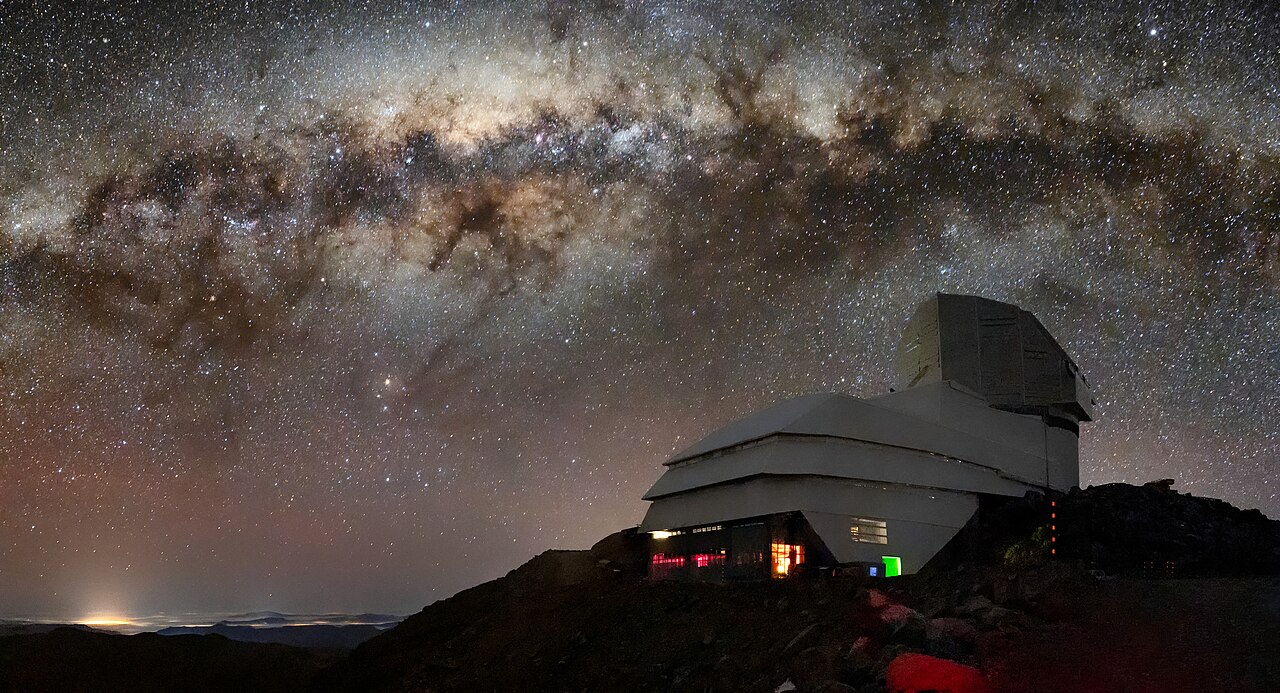The search for extraterrestrial intelligence (SETI) has fascinated us for decades. Now a team of researchers have used the Murchison Widefield Array in Australia to scan great swathes of sky for alien signals. Unusually for a SETI project, this one focussed attention on 2,800 galaxies instead of stars within our own. They have been on the lookout for advanced civilisations that are broadcasting their existence using the power of an entire star. Alas they weren’t successful but its an exciting new way to search for alien intelligence.
Continue reading “Giant Low-Frequency Scan Searches for Aliens in 2,800 Galaxies”Giant Low-Frequency Scan Searches for Aliens in 2,800 Galaxies










